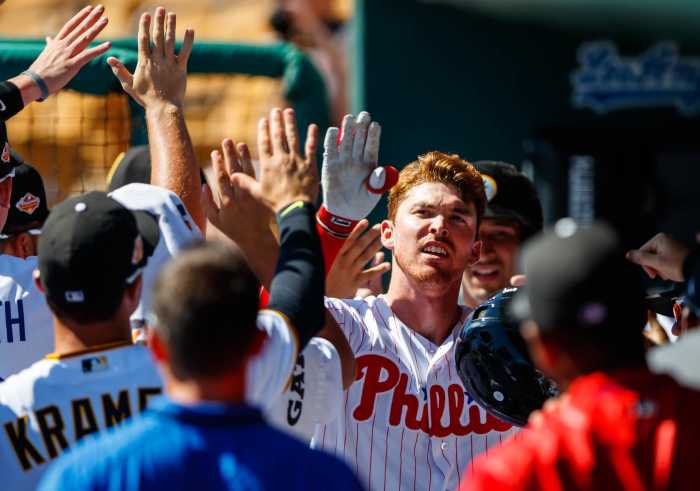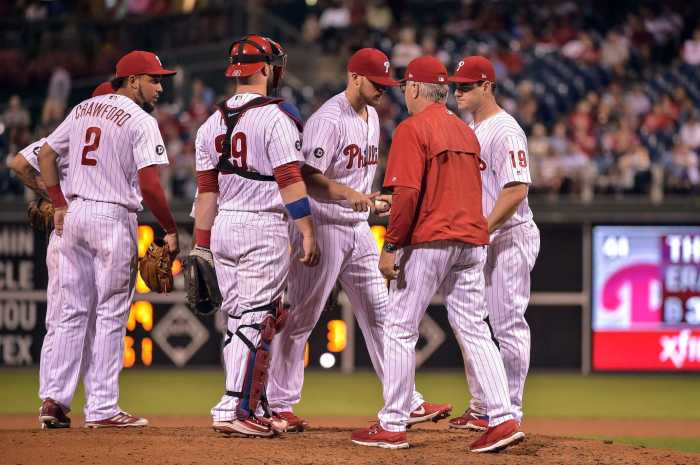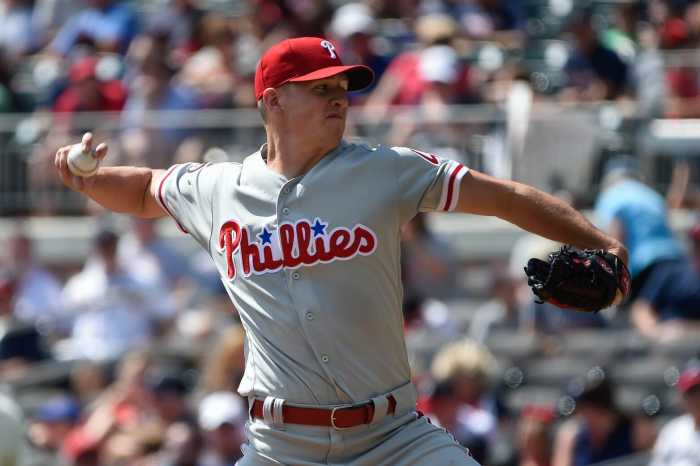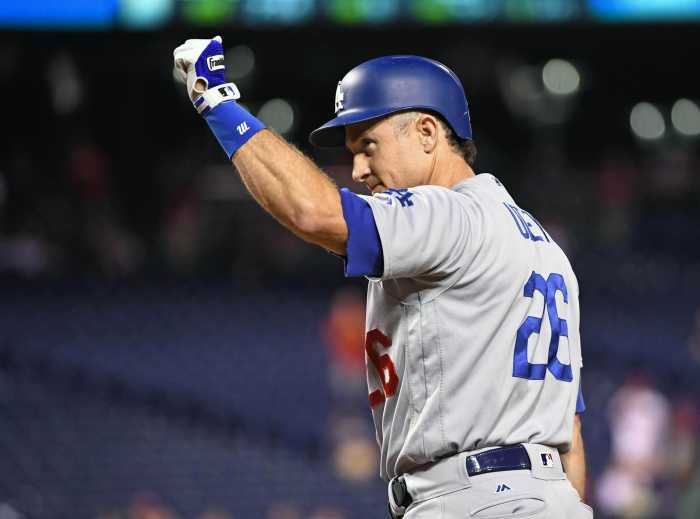In an ever increasing “news now” world, where the timeline has gone from a 24-hour cycle to a 24-second cycle, America’s pastime is attempting to adapt to modern times. The league announced a five-part rule change this week with hopes of speeding up the pace of play.
The five-part rule change is primarily an in-between-innings speed up, as a time clock will be installed, and formats will be followed as to how long commercial breaks will be for television and radio broadcasts. The clock will be two minutes and five seconds for locally broadcast games, with an additional 20 seconds added for national games (think Saturday afternoon Fox games) and 50 added seconds for playoff games. The clock will begin immediately following the final out of the previous half inning unless the final out is in question by either team or the umpires.
The oncoming pitcher must complete his warmup tosses by the time the clock hits 25 seconds. Five seconds later, the batter walkup music will play and the first hitter must leave the on deck circle. By the time the clock hits zero, the pitcher must begin his first pitch delivery. The umpires will no longer count warmup pitches, as in years prior, but the pitcher must finish by the 25 second mark.
A clock will also be implemented for relief pitchers entering the game. A bullpen arm can no longer delay his warmup by slowly making his way out of the ‘pen and onto the field, but instead, must make the move to the field closely following the signal from the manager. The clock will begin promptly once the reliever touches the warning track or foul line, depending on the stadium setup. This means he’ll have less time to trot to the mound if he desires a certain amount of warmup pitches.
Finally, and quite possibly the most substantial change to 2018, is the addition of a limit on mound visits a team can make during a nine-inning game. Mound visits without a pitching change, including ones from a pitching coach or manager, have been limited to six per nine innings played. For any game that goes into extra innings, one additional mound visit will be permitted each inning played. Player injury, weather issues or mound infractions will not count as mound visits by a team. The strategy, especially in the National League, may be ramped up in the coming months, as managers will have to be careful on how and when they take to the mound without making a change.
The batters will be affected no further than they were in 2017, as the batter’s box rule from last season remains in tact for 2018.
Many have cautioned that the three hour game has become to monotonous, drawn-out and over-saturated with the subtleties of the game. But the reality of the situation is that baseball is fine just how it is, at least, for the most part. The primary issue that I’ve encountered us the elongation of half inning breaks due to network and television obligation. In simpler terms, commercials are bogging down the speed of the game. One must understand, though, that the league, at its utmost core, is a business, and business is at its best when it receives revenue from said breaks. It’s an unnecessary endeavor for fans, but a needed piece for the teams themselves.
So while the games have, indeed, become stretched out affairs, I doubt these changes will make a significant difference in the long run. The commercial timing decrease may be impactful in longer games, but the pitch clock, depending on strictly it’s enforced, could be inconsequential. And think about this: how many mound visits does the average pitching coach make without making a pitching change? Aside from Bruce Bochy, I’d venture a guess to say it’s six or less in a nine inning game. Shaving a few minutes off a game while partially taking the beautiful strategy out of the game is an egregious error that may not be able to stand alone.
Mandatory Credit: Butch Dill-USA TODAY Sports






























